Recently, my friend Tom loaned me a vintage Novoflex super-telephoto lens. Since he already had adaptors for both Nikon and Canon EOS, we had no trouble fitting it to my full-frame Canon DSLR.
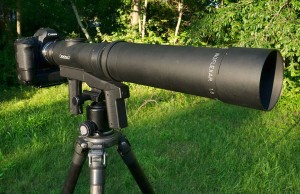
The Novoflexar pistol-grip lens, originally made in Germany, is a bit obscure here in the USA. There were a few different models; one version has a single pistol grip, while this one here has two pistol grips. Focus control is built in to the rear pistol grip and a shutter release button on the front pistol grip (requires a cable that connects to the camera). Theoretically, this allows an agile “run and gun” type of photography, but I used it on a tripod.
The main body of the lens is simply hollow with no glass. The glass is fully contained in a front tube that threads on to the main body. Tom’s kit included a 400mm and a 600mm (some models have a 640mm instead of 600). Because there is not a lot of glass, the total package is relatively lightweight compared to some other super-telephoto lenses.
Squeezing the focus trigger moves the front tube forward and back. (Novoflex called this “Rapid Focus” or “Super Rapid Focus”.) There is no focus ring (typical on most lenses); the focus mechanism does not involve any rotation of anything. There is a focus lock, to lock the focus in one spot, which I used frequently because the distance to my subject often was very far away and unchanging. Constantly squeezing the trigger with your fingers can be quite tiring.
The focus trigger only covers part of the focus range. The trigger will not get you from minimum focusing distance to infinity. You first have to adjust one other thing, to get the focus “in the ballpark”. In some situations, perhaps this would be problematic. But on the positive side, the focus trigger is close to the camera, so you don’t have to extend your arm in order to reach a focus ring (as is true with some big super-telephoto lenses).
(click on any image for a larger view)
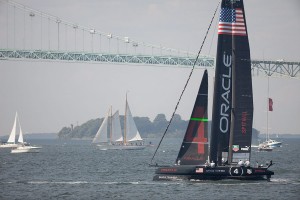
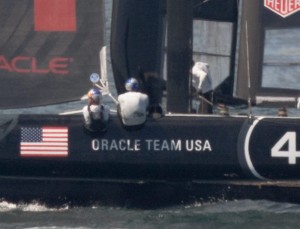
I used this lens wide-open. That means f\5.6 for the 400mm and f\8 for the 600mm. The 600mm showed some color fringing at hightlight edges, particularly where highlight directly overlapped a dark area. This chromatic aberation gets worse with use of the Novoflex 2x multiplier.
The lens accepts a drop-in polarizing filter. Although I tried to exchange this with a Nikon lens, the Novoflex filter and the Nikon filter were different thicknesses, so are not interchangable.
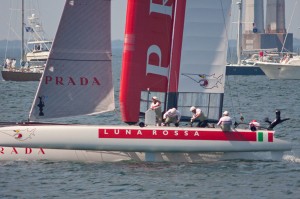
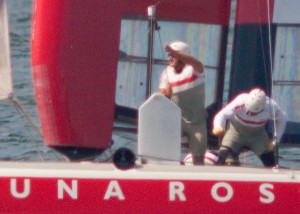
Note the color fringe on the white shirt sleeve.
The Novoflex aperature uses 24 blades, more than double most lenses. This is probably not significant to most people. If you do get into a situation with flare, the flare will look more round, compared to the pentagram shape that occurs with a 5-blade aperature.
Conclusions
Pro
- The pistol grip design may be well-suited for a mobile/agile type of photography
- Price. Potentially, you might find one for less than $700 (US), but they are rare.
(If you can borrow one, as I did, then free is great.) - Weight. Not very heavy because it does not use much glass and because you get two lenses in one
- Sharpness of the 400mm is good (not great)
Con
- This lens dates back to the 1970s, so it is manual focus and has no image stabilization. (That’s OK when using a tripod and photographing subjects that are far away. In these situations, the pistol grip design is mostly unnecessary.)
- The squeeze focus is a bit odd; I never quite warmed up to that feature.
- The 600mm shows chromatic aberation (that is amplified by a 2x multiplier)
- Sharpness: the 600mm seemed a bit soft to me
- The pistol grip design makes this lens look like a bazooka. Particularly with the 600mm front tube, it will turn heads … possibly security or law enforcement.
If you’re looking for a super-telephoto for less than $1000. I suspect there are better options available. Specifically, the Tamron 200-500 SP AF Di LD and the Sigma 150-500 APO DG OS HSM. Both Photozone.com and BobAtkins.com have published detailed reviews of the Tamron zoom. Both Kenrockwell.com and CameraLabs.com have published detailed reviews of the Sigma zoom. (Note that the Sigma includes optical image stabilization and the Tamron does not.)